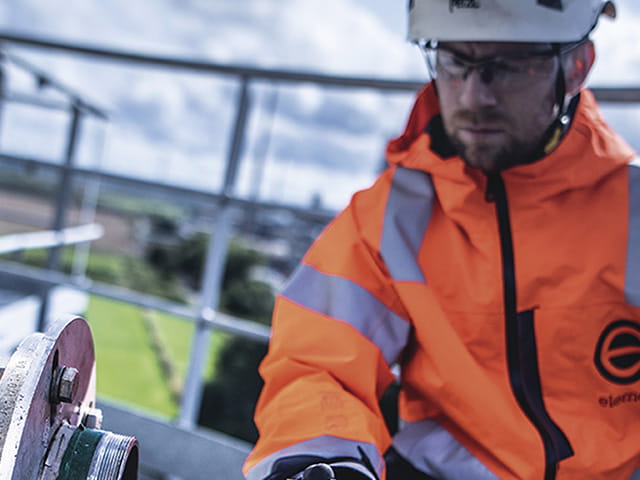Element’s ISO 17025 UKAS-MCERTS-INAB- SAC-SINGLAS accredited Stack Emissions Testing, environmental inspection, and consultancy services help you achieve regulatory compliance, meet your environmental goals, mitigate pollution and avoid legal actions.
What is Stack Emissions Testing?
Stack emissions testing, also known as stack monitoring or stack sampling, is a method of measuring and analyzing the emissions of various pollutants and chemicals being emitted into the atmosphere from industrial sources such as smokestacks, chimneys, and exhaust systems. This testing is crucial for you to monitor the environment and ensure that your industrial facility complies with limits outlined for permitted processes and government regulations, maintaining air quality standards. MCERTS accreditation is required in order to carry out stack emissions testing.
Key Benefits of Stack Emissions Testing and Monitoring
- Minimize your Operational Disruptions: Our strategic scheduling and the use of our efficient emissions equipment help you maintain your production schedules while staying compliant with environmental regulations.
- Efficiency in your Self-Monitoring: Our audit training, like Operator Monitoring Assessment (OMA), prepares you for an Environment Agency audit visit and ensures effective and efficient audit representation.
- Trusted Solutions for your CEMS: Element’s 300+ annual EN 14181 CEMS QAL2 and AST campaigns feed into a Technical Excellence Hub, offering the best advice and trusted solutions for your CEMS Quality Assurance and Verifications.
- Customized Support for your Unique Challenges: You can count on our experience and expertise to address your specific emissions needs and solve complications on-site.
- Prove your Odour Compliance with Confidence: Many facilities are required to operate under an Odour Management Plan (OMP) as part of their Environmental Permitting Regulations. Element is UKAS accredited for European Odour Standard EN 13725:2003, allowing you to prove odour compliance with reliability.
- Best tools for your Emissions Testing Requirements: We provide you with access to cutting-edge and specialized emissions testing equipment like APEX instruments, instrumental analyzers, FTIR and T-CEMS (Transportable Continuous Emissions Monitoring System).
- Streamlining your Data Management: Element handles equipment maintenance, calibration, and performance checks in-house, making sure you’re provided with accurate, reliable and efficient emissions data.
- Maritime Compliance Made Easy: International Maritime Organization (IMO) regulations have been tightened in recent years to limit air emissions from ships and other maritime vessels. Our ISO 17025 UKAS-MCERTS accredited emissions testing methods monitor maritime emissions highlighted in the MARPOL Annex VI Regulations, aimed at controlling pollutants such as NOx, SOx and CO2.
Decoding your Emissions Regulations Complexities
Navigating emissions regulations and stringent quality standards, like MCERTS or ISO 17025, can be complex. With ISO 17025 UKAS-MCERTS-INAB- SAC-SINGLAS accreditation and MCERTS-certified emissions experts, we ensure accurate, reliable, and compliant testing, making your regulatory compliance responsibilities straightforward and pain-free.
Cost-effective and Timely Solutions - in your Local Area
Emissions testing and monitoring services can be costly and time-consuming, and we understand that you may face time and budget constraints to meet your compliance with regulatory deadlines. Element has an extensive network of laboratories and seasoned emissions experts across Europe, the Middle East, and Singapore providing efficient coverage, quicker operations, competitive rates, and real value for your investment.
Your Stack Emissions Experts


Andrew Palliser
Element Environmental expert in the Middle East
“Element has provided source emission test services for our company in the past few years with competitive prices, good quality, and great value of work. ”
Peter Lim
United E&P Pte Ltd
Our Range of Stack Emissions and Compliance Services
- ISO 17025 UKAS-MCERTS-INAB- SAC-SINGLAS Accredited Stack Emissions Testing
- Stack emissions compliance testing, inspection, certification and auditing
- Real-time monitoring with mobile SIFT-MS technology
- CEMS EN 14181 QAL2, AST Calibration and Annual Surveillance Test
- Internationally recognized US EPA, RATA, ISO, BS, EU and CEN test methods
- LA-1999-0166-F stack/ source emissions testing
- Temporary CEMS
- MCPD Emissions Testing
- Leak Detection and Repair (LDAR)
- Periodic compliance monitoring
- In-house accredited laboratory analysis (ISO 17025, MCERTS) of stack emissions monitoring samples
- Investigative testing, process optimization & abatement plant efficiency testing
- Process commissioning of new industrial plants
- Offshore emissions monitoring
- Bioaerosols Monitoring
- Air Quality Assessment (Air, Noise & Odour)
- Dispersion Modelling (Air, Noise & Odour)
- Environmental Noise Assessments (Noise Investigation, Acoustic Camera)
- Planning & Permitting Support Services
- Dioxins and Furans Testing
- Siloxanes Monitoring
- Maritime Emissions Monitoring
- Residence Time Verification
- Documentation preparation and detailed factual test reports
- Data and reports interpretation
- Advice, guidance and audit training
Stack Emissions Parameters we Test
- Particulate Matter, PM10 & PM2.5
- Combustion Gases (NOX, NO, NO2, N2O, SO2, CO, CO2, VOCs & TOC)
- Trace Pollutants (Dioxins & Furans, PCBs & PAHs, PFAS, Metals & Mercury, Hexavalent Chromium)
- Acidic Gases & Vapors (HCl, HF, NH3, HCN, H2S, Sulphuric Acid Mist, Nitric Acid Vapor)
- Organic Compounds (Specific VOCs, Formaldehyde & Aldehydes, Isocyanates, Oil Mist, Tar & Bitumen Fume)
- Odour
- Bioaerosols
- Biogenic CO2
Your Stack Emissions Compliance Starts Today
Element’s Environmental experts across Europe, the Middle East and Singapore are ready to guide you at every stage of your compliance journey. We support you in maintaining compliance with the following:
- Emissions Limit Values (ELVs) and Quality Assurance of CEMS as specified in their regulatory monitoring requirements, such as EU Industrial Emissions (IED) & Medium Combustion Plant (MCP) Directives, US Clean Air Act, Permit and license monitoring requirements.
- NCEC and Royal Commission regulatory requirements in the Kingdom of Saudi Arabia
- Dubai Municipality (DM) Emission guidelines and UAE Federal Decree 12 regulatory monitoring requirements in UAE
- National Environment Agency's (NEA) regulatory compliance for their industrial installations in Singapore
- Client specific and national legislation guidelines and regulatory requirements in the Middle East
Why Choose Element?
Element conducts the most EN 14181 QAL2 and ASTs in the UK, has the largest scope of UKAS Accredited Tests in the UK and has the most MCERTS-certified emissions experts in the UK and Ireland.
Element Singapore Jalan Boon Lay lab is accredited under the Singapore Laboratory Accreditation Scheme (SAC-SINGLAS) for stack/ source emissions testing in accordance with LA-1999-0166-F.
In the Middle East, the labs are ISO 17025 emissions testing accredited by GCC Accreditation Centre (GAC), Emirates International Accreditation Centre (EIAC) and Emirates National Accreditation System (ENAS) and hold NCEC and RC approvals for Stack Emissions Monitoring. The Stack Emissions teams are qualified with the US Source Testing Qualification (QSTI).
Our specialized in-house training programs excel in EN 14181 calibration methods (A, B & C).
With this complex, technical emissions testing, you can trust in Element’s excellence, and the number one provider of this service.
To learn more about Element’s credentials, please visit our About Us page. For more information about our stack emissions testing, or to know more about our MCERTS-accredited stack emissions testing services, contact us today.
Emissions Data Tracking - e-Mission Digital Platform
Test, Track and Trend Emissions Data with Element’s Digital Platform, e-Mission
e-Mission is Element's easy-to-use online tool allowing users to test, track and trend all their ISO 17025 and MCERTS accredited emissions data.
Read moreDownload our MCPD white paper
For guidance on compliance challenges regarding the Medium Combustion Plant Directive (MCPD) download our white paper today.
This white paper deep dives into the Medium Combustion Plant Directive (MCPD) and includes information on compliance requirements, monitoring requirements, regulators, and timeframes.
DOWNLOAD
Reduce your risk of non-compliance with the e-Mission platform
Our online platform, e-Mission, allows you to manage all aspects of your emissions requirements digitally. It streamlines your emissions requirements management, identifying non-compliance issues.
Gain insights, spot trends, and reduce compliance risks with the industry-leading e-Mission platform.
READ MORERelated Pages
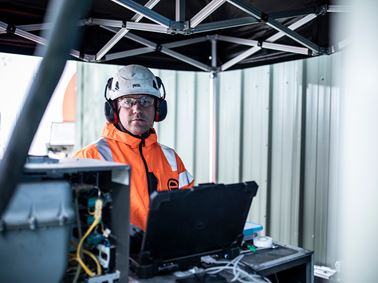
Ambient Air Quality
Find out how we help our customers comply with regulations for ambient air quality to protect human health and the environment from the harmful effects of air pollution.
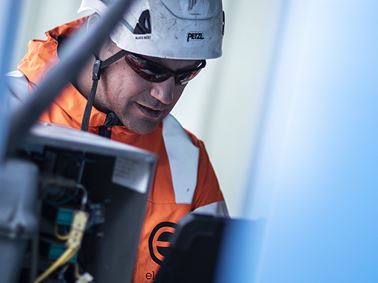
Air Dispersion Modeling
Air Dispersion Modeling computes weather patterns and local topography to predict the concentration of emissions at ground level caused by an emissions source. Find out more.
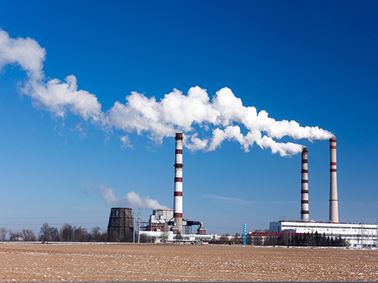
EN 14181 Calibration & Testing
Element experts offer EN 14181 calibration services including QAL1, QAL2, QAL3 and ASTs to verify the performance of CEMS and ensure regulatory compliance.
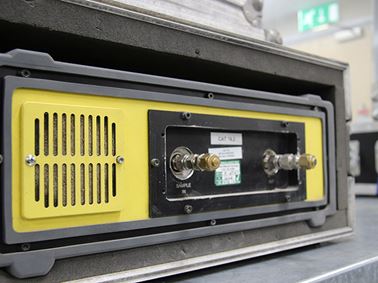
Temporary CEMS Emissions Monitoring
For industrial sites encountering an unexpected breakdown of their CEMS emissions measurement instruments, our team will quickly devise a CEMS recovery plan based on your monitoring requirements and processes.
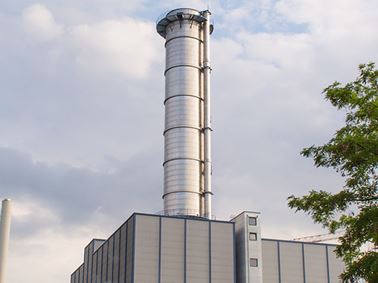
Biogenic Carbon 14 Emissions Monitoring
Find out more about our OFGEM approved Biogenic Carbon 14 Measurement services, used to determine the renewable energy content of waste-derived fuels.
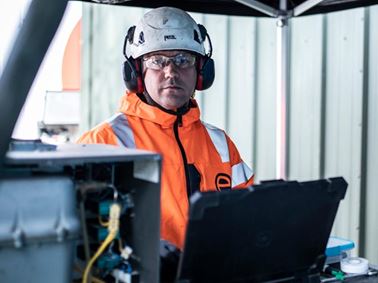
Biogas Engine and Flare Emissions Monitoring
Find out how we help our customers with their annual monitoring of biogas engine and flare emissions from plants.

Medium Combustion Plant Directive
Element supports clients in the UK and Ireland with emission testing to demonstrate compliance with MCPD and give guidance throughout the permitting process.
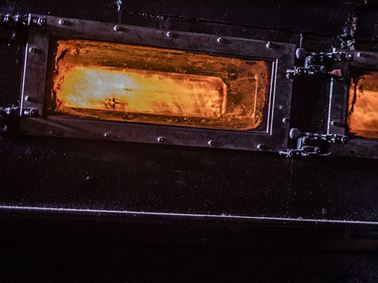
Residence Time Verification
Find out more about our Residence Time services, offering verification of two seconds residence time within secondary combustion chambers for waste incinerators.

Siloxane Monitoring
Element offers siloxane sampling and analysis services to accurately evaluate the levels of siloxanes in filter systems.
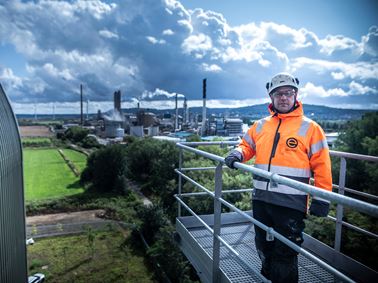
Environmental Compliance & Safety
Element’s industry-leading environmental compliance and safety services help our customers to demonstrate the highest possible standards of environmental compliance and socially responsible performance.
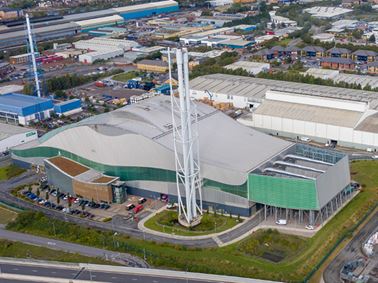
Energy from Waste Plant Services
Element provides end-to-end services to support EfW operators with all environmental and pollution control measures. Our UKAS-MCERTS accredited stack emissions monitoring,
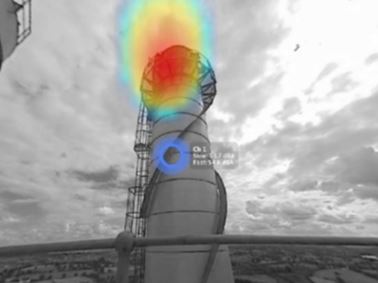
Environmental Impact Assessments
Element’s industry experts provide environmental impact assessments for air quality, noise, and vibration, which must be closely considered through the planning process.
